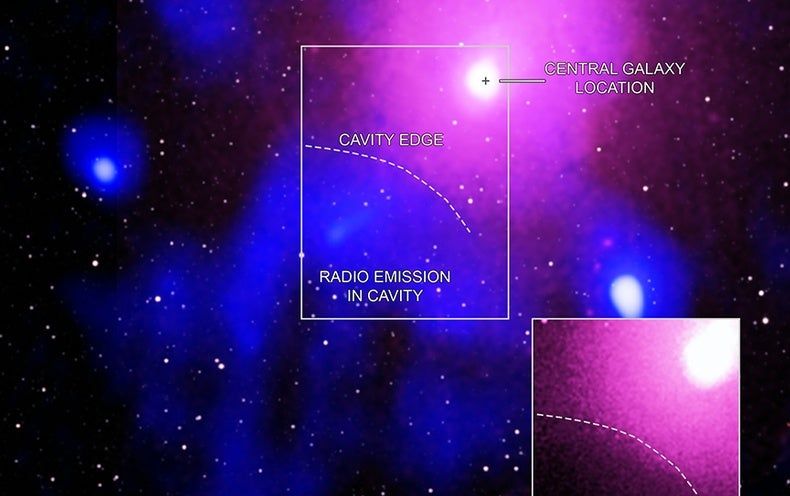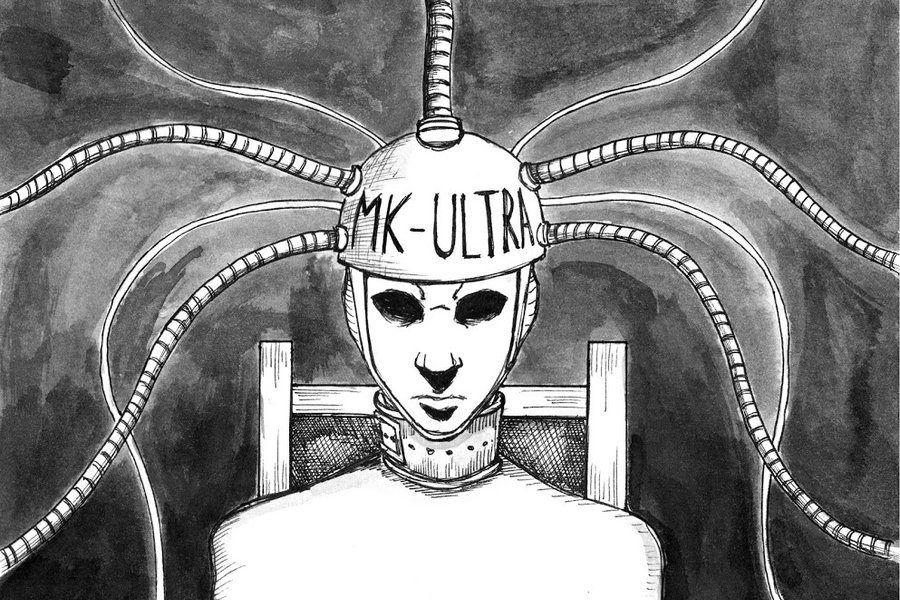The Citroën Ami is a tiny electric vehicle made for city driving.
Get the latest international news and world events from around the world.

Scientists Spot the Biggest Known Explosion in the Universe
Astronomers have spotted a cosmic blast that dwarfs all others.
A gargantuan explosion tore through the heart of a distant galaxy cluster, releasing about five times more energy than the previous record holder, a new study reports.
“In some ways, this blast is similar to how the eruption of Mt. St. Helens in 1980 ripped off the top of the mountain,” study lead author Simona Giacintucci, of the Naval Research Laboratory in Washington, D.C., said in a statement. “A key difference is that you could fit 15 Milky Way galaxies in a row into the crater this eruption punched into the cluster’s hot gas.”

A dog in Hong Kong tests positive for the coronavirus, WHO officials confirm
A dog in Hong Kong has tested positive for the COVID-19 virus that’s killed at least 2,859 humans across the world over the last two months, World Health Organization officials said Friday.
Dr. Maria Van Kerkhove, the technical lead of WHO’s emergencies program, said the canine tested “weakly positive,” meaning low levels of the virus were found.
Hong Kong scientists aren’t sure if the dog is actually infected or if it picked up the virus from a contaminated surface, she said.

SpaceX planning major increase in Florida launch activity
WASHINGTON — SpaceX is proposing a significant increase in launch activity in Florida over the next few years, including missions to polar orbits and those that will require the use of a new vertical payload integration tower.
The Federal Aviation Administration’s Office of Commercial Space Transportation published a draft environmental assessment Feb. 27 regarding SpaceX launch activities from both Launch Complex 39A at the Kennedy Space Center and Space Launch Complex 40 at neighboring Cape Canaveral Air Force Station. The assessment, the FAA said, will be used in new or modified commercial launch licenses for Falcon 9 and Falcon Heavy vehicles from those sites.
One reason for the assessment, the report states, is “SpaceX’s launch manifest includes more annual Falcon launches and Dragon reentries than were considered in previous [environmental] analyses.” SpaceX performed 11 launches from LC-39A and SLC-40 in 2019 and 15 in 2018, the most any one year to date.


IBM and Microsoft sign Vatican pledge for ethical AI
{{#pricinghref}} View pricing & plans {{/pricinghref}} {{^pricinghref}} {{#pricing.billedYearly.weekly.amount}} {{value}} per week {{/pricing.billedYearly.weekly.amount}} {{^pricing.billedYearly.weekly.amount}} {{#pricing.billedMonthly.trial.amount}} {{pricing.billedMonthly.trial.amount}} for 4 weeks {{/pricing.billedMonthly.trial.amount}} {{/pricing.billedYearly.weekly.amount}} {{/pricinghref}}.

Survivors From The MK Ultra Program Come Together To Sue The Federal Government
According to this CTV News article, survivors and families of an MK Ultra brainwashing program run by Dr. Ewen Cameron at McGill University in Montreal in the 1950s and 1960s have banded together to bring the horrors of this program more fully into the public eye.
They are planning a class action lawsuit against the provincial and federal government, an initiative which lawyer Alan Stein feels optimistic about:
“I believe we can claim moral damages as a result of the experiments when Dr. Cameron used these people as guinea pigs.”—lawyer Alan Stein


AI Enables Doctors to Diagnose COVID-19 Infection in Seconds
“At the moment, the YITU “Coronavirus Chest CT Smart Evaluation System” can compress the diagnosis of suspected cases to 2–3 seconds. The company also designed a chatbot doctor that can help the public with self-diagnosis through Q&A and recommend nearby hospitals and appointment booking services.”
An article published in medical journal the Lancelet on February 25 finds that reduced medical resource levels will trigger a spike in the coronavirus death rate in the local population beyond the current estimates. The study shows that death rates are over 3 percent in Wuhan city, 2.9 percent in Hubei province, while only 0.7 percent across the rest of China.
Close to 30,000 medical staff from across China have been dispatched to Hubei province to help overworked local medical professionals in the fight against COVID-19. Fast and accurate diagnosis is critical on the front line, and now an AI-powered diagnostic assessment system is helping Hubei medical teams do just that.
Currently, CT lung scans and nucleic acid tests are the two main diagnostic tools doctors use in confirming COVID-19 infections. CT imaging is crucial for diagnosis verification, and also allows doctors to access lung infection severity.

Luxembourg becomes first country to make all public transport free
In an attempt to reduce traffic jams, Luxembourg has become the first country in the world to make all public transport free from February 29. This is the first time that the decision to offer free public transport has covered an entire country, the transport ministry said.
The decision has been observed in Luxembourg so as to bring down the congestion on streets, AFP reports. As a result of this decision, every person will be able to save around 100 euros ($110) per year.
The free public transport system, however, does not include first-class travel tickets on trains and certain night bus services.